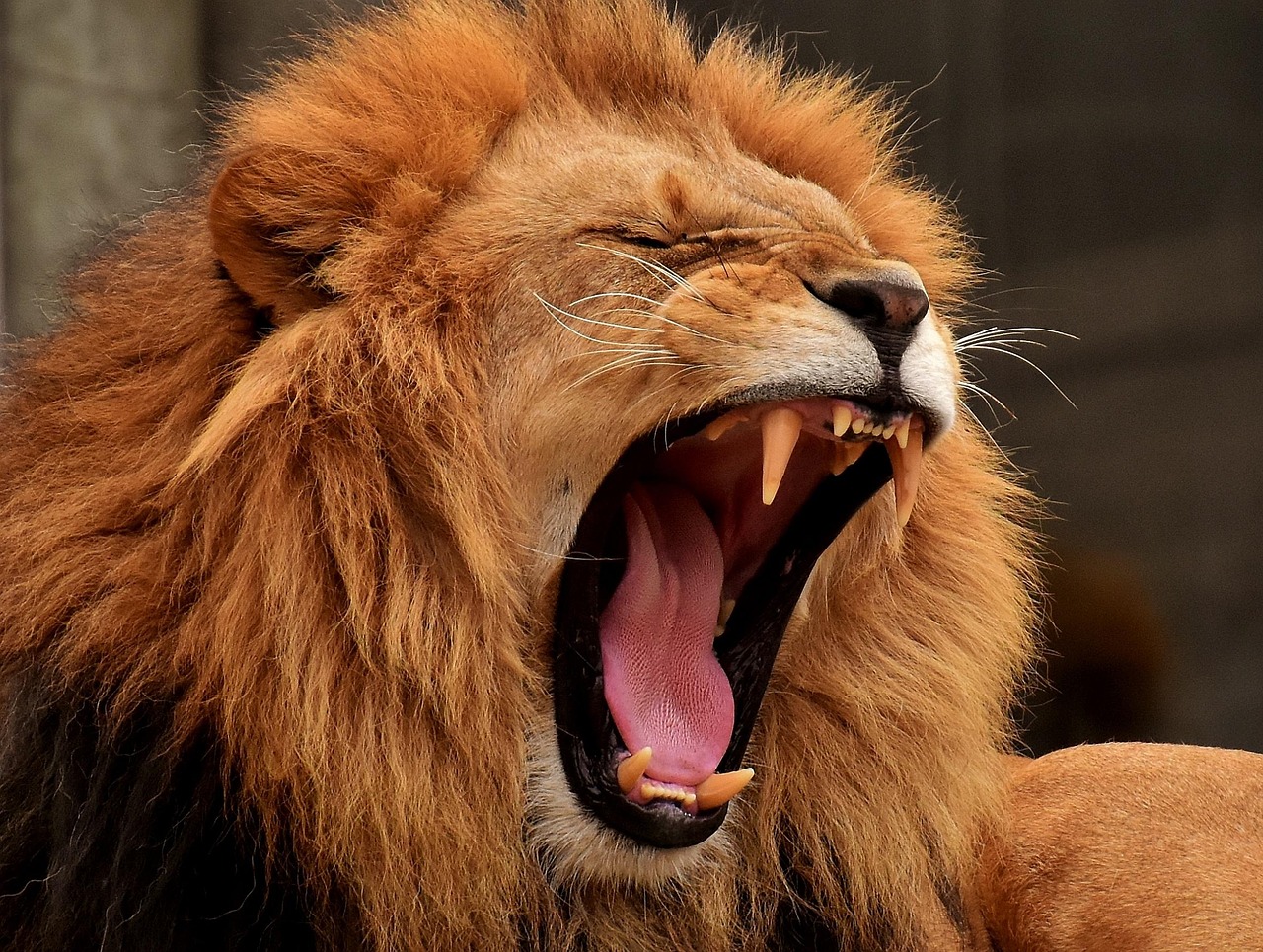Lions (Panthera leo) are one of the most iconic animals in the world, but their range and habitats have declined drastically over the past century. So, where do African lions live? These magnificent predators are primarily found across sub-Saharan Africa in diverse habitats ranging from vast savannahs to semi-deserts, as long as there is sufficient prey and water to sustain them.
Over the last 50 years, the range of lions has been reduced due to human population growth, habitat loss, and conflict with livestock owners. Despite this, protected areas such as Serengeti National Park in Tanzania and the Masai Mara National Reserve in Kenya remain strongholds, boasting some of the highest lion densities in the world — as many as one lion per two square kilometers in certain regions (National Geographic).
Where Do African Lions Live Across Africa?
Wild lions can still be found in several regions of Africa, though populations are fragmented:
-
West Africa – Lions live in small, isolated populations across countries such as Senegal and Cameroon. However, their numbers here are critically low.
-
East Africa – This region offers the classic image of lions roaming open grasslands. Countries such as Tanzania and Kenya provide vast protected spaces that support thriving lion populations.
-
Southern Africa – From Botswana’s Okavango Delta to South Africa’s Kruger National Park, lions have healthy populations thanks to large reserves and dedicated conservation programs.
-
Central Africa – Small, scattered groups survive, but human pressures continue to threaten their long-term survival.
Interestingly, while many people ask, “Where do African lions live?” it’s worth noting that the only habitat they typically avoid is dense rainforest. Otherwise, lions can adapt to deserts, scrublands, open woodlands, and even semi-arid landscapes, as long as prey is abundant (WWF)
Lion Behavior and Social Structure
Understanding where African lions live also means understanding how they behave in those environments. Lions are unique among big cats because they live in social groups called prides.
-
Lionesses (females) form the backbone of the pride, often made up of related sisters, aunts, and daughters.
-
Males typically defend territories and may oversee multiple prides, often working together in coalitions of brothers or cousins.
-
When new males take over a pride, they may kill existing cubs to bring females back into estrus, ensuring their genetic line continues.
Lions spend up to 20 hours a day resting and usually hunt during the cooler hours of dawn and dusk. Despite their reputation as apex predators, lion cubs are vulnerable to hyenas, leopards, and even wild dogs.
Hunting and Diet
Another key aspect of where African lions live is tied to the prey available in those habitats. Lions are powerful hunters and thrive on a wide variety of species:
-
Large prey such as buffalo, wildebeest, and zebra make up much of their diet.
-
Lions in larger prides have been documented hunting young elephants and even giraffes.
-
Smaller antelopes such as impala and kudu are also targeted when available.
Unlike solitary cats like leopards, lions rely on cooperation. Lionesses work together to ambush prey, while males often dominate the kill once it’s brought down (African Wildlife Foundation)
Conservation: The Future of Lions
Asking “Where do African lions live?” today highlights a troubling reality: their habitats are shrinking. Lions are listed as Vulnerable by the International Union for Conservation of Nature (IUCN)
Major threats include:
-
Habitat loss due to farming and urban expansion
-
Human-lion conflict, especially when lions prey on livestock
-
Poaching and illegal wildlife trade
Fortunately, numerous conservation projects are working to protect lions. Efforts include creating wildlife corridors, engaging local communities in eco-tourism, and establishing anti-poaching patrols.
Fascinating Lion Facts
-
Male lions can weigh up to 190 kg (420 lbs), while females average around 130 kg (287 lbs).
-
Females often live up to 15 years, while males average 10 years in the wild.
-
Lions in cooler regions, such as East Africa, often grow fuller manes, while those in hotter regions like Zambia sport thinner manes.
Where to See Lions in Africa
If you’re planning a safari and wondering “Where do African lions live?”, some of the best destinations include:
-
Kenya’s Masai Mara – World-famous for its lion population and the Great Migration.
-
Tanzania’s Serengeti – Home to one of the largest lion populations in Africa.
-
South Africa’s Kruger National Park – An accessible destination with excellent lion sightings.
-
Zambia’s South Luangwa National Park – Known for its unique walking safaris and thriving lion prides.
Whether you’re a photographer or wildlife enthusiast, these destinations offer unparalleled opportunities to observe lions in their natural habitat.
Final Thoughts
So, where do African lions live? They inhabit a vast but increasingly fragmented range across Africa, from the grasslands of East Africa to the reserves of Southern Africa. Their survival depends on conservation efforts, habitat protection, and reducing human conflict. By protecting lions, we are also protecting Africa’s wild heritage for future generations.
